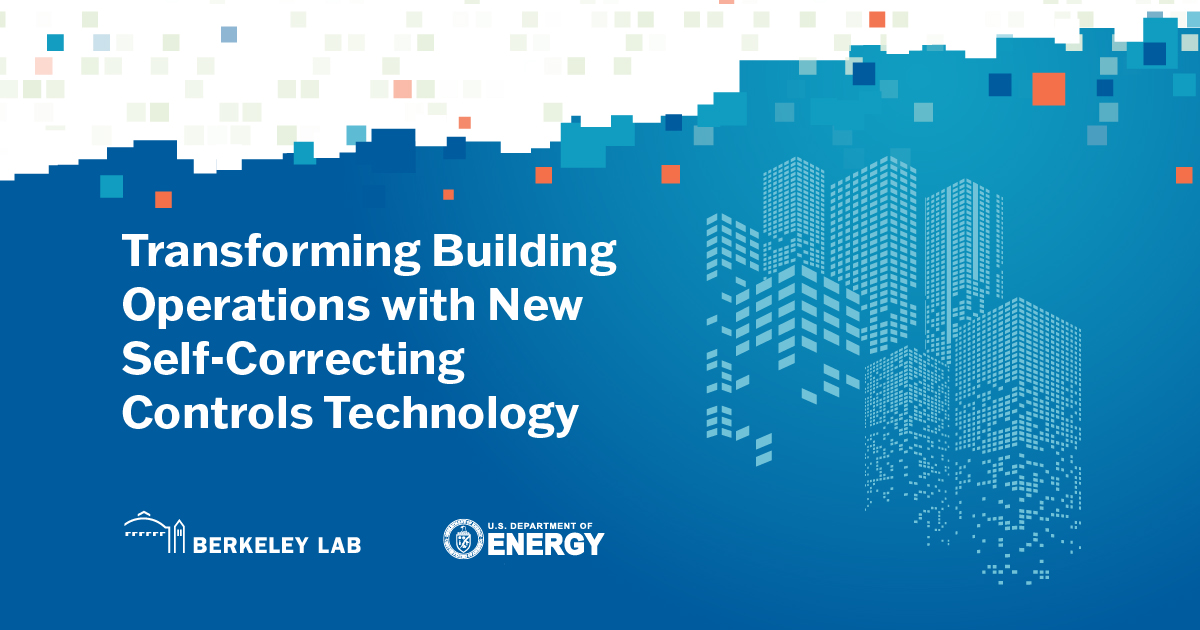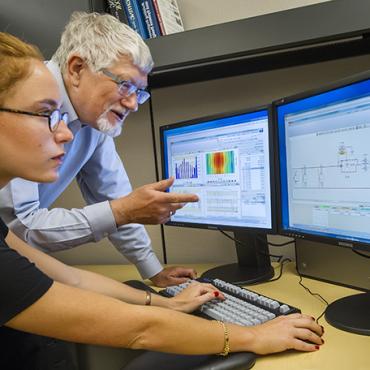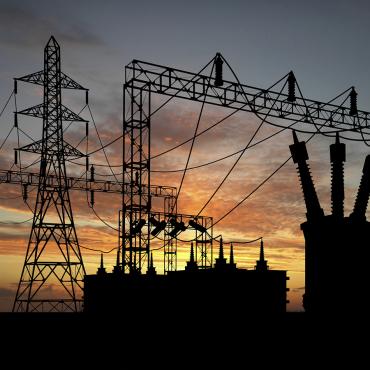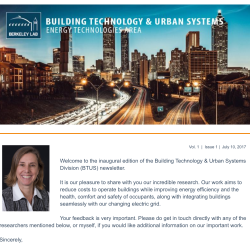Home
Strengthening the Built Environment
We work closely with industry, government and key decision makers to inform and develop building technology and urban systems that increase energy efficiency, save money and improve health and safety for building occupants. We engage in innovative and creative research to advance energy efficiency in the built environment, one of the world's most critical energy and environmental challenges because buildings are the world's largest energy-users.
Transforming Building Energy Management and Operations
Researchers from the BTUS Whole Building Systems Department are partnering with the smart buildings industry to develop groundbreaking self-correcting and optimized building controls that save time, reduce costs, and increase energy efficiency in commercial buildings.
Building operators can now automatically resolve control faults within hours, with the push of a button. Learn more about the benefits of using automated control correction in commercial buildings: transformingbuildingcontrols.lbl.gov
Recent Publications
Latest News
New Thin-Triple Glass Could Open Window of Opportunity for Energy Savings and Jobs
Computational Chemistry Unlocked: A Record-Breaking Dataset to Train AI Models has Launched
Stay in Touch
















